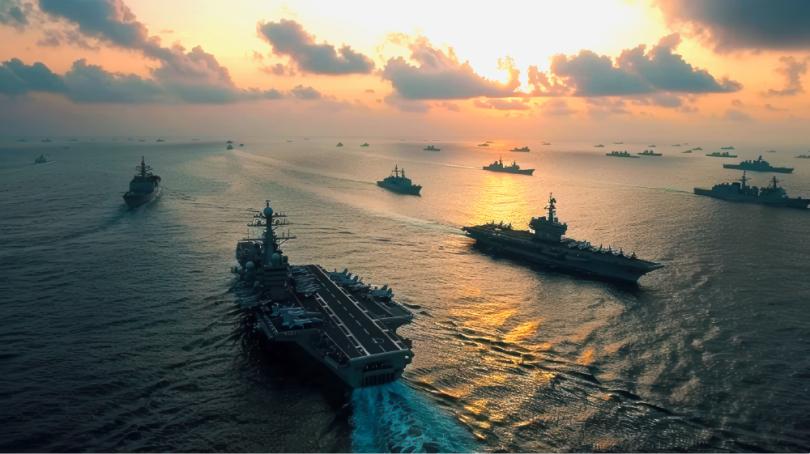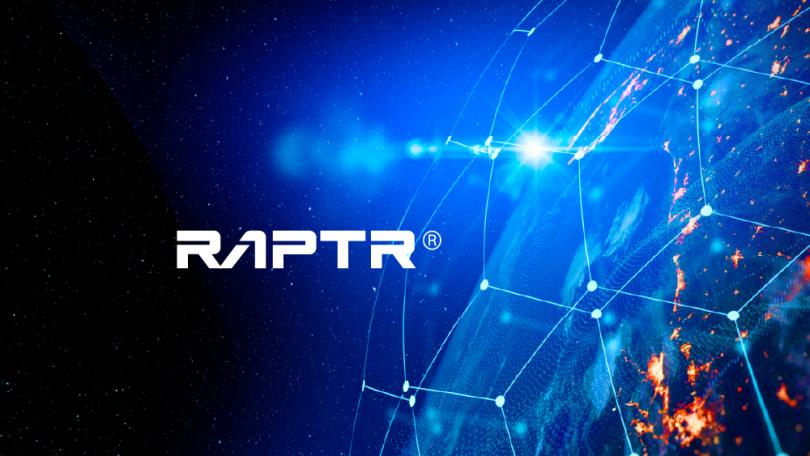

C2 is the mission’s center of gravity
In a multi-domain operational environment, Command and Control (C2) is not just a function, it is the foundation of mission success. As threats evolve with increasing speed and complexity, and data streams multiply from a growing array of sensors and sources, traditional C2 approaches are no longer sufficient.
Most current C2 systems were designed for a different time, built around predictable threats, linear workflows, and siloed operations. These systems are too slow, too rigid, and too disconnected to meet the demands of modern warfare and missions that require agility and real-time synchronization. The imperative is clear: C2 must evolve into a dynamic, integrated capability that empowers decision-makers to synchronize actions across all domains instantaneously.
This transformation requires more than technology upgrades. It demands a fundamental rethinking of how commanders and operators interact with data, systems, and each other to accelerate decision cycles, enhance situational awareness, and drive coordinated action.
Moving from static coordination to dynamic synchronization
Modern C2 must enable seamless coordination across distributed teams and diverse systems. It must deliver real-time situational awareness that allows rapid, informed decisions. Achieving this requires breaking down entrenched barriers between services, agencies, and domains to construct a unified operational picture that drives synchronized action.
Legacy systems, with their rigid hierarchies and compartmentalized data flows, generate friction and latency, instead of clarity. To meet today’s mission demands, C2 must become a flexible, user-centric capability that delivers the right information to the right decision-makers at exactly the right moment.
Common challenges across government
In engagements with federal agencies and the Department of Defense, several persistent challenges emerge that inhibit effective C2:
- Interoperability gaps: Disparate systems, services, and platforms often cannot communicate effectively, resulting in fragmented information and duplicated efforts.
- Platform lock-in: Dependence on vendor-specific solutions limits adaptability and slows response to evolving mission needs.
- Data overload and latency: An abundance of sensor and intelligence data overwhelms operators, while delays in sharing degrade decision quality.
- Operator burden: Managing multiple, disconnected systems increases cognitive load, driving fatigue, errors, and missed opportunities.
These challenges do not merely hinder efficiency; they introduce real mission risk. A modern C2 capability must confront and overcome these obstacles decisively.
The path forward: modular, mission-tailored C2
The future of C2 lies in modular, mission-tailored ecosystems that integrate only the precise tools operators need, nothing more, nothing less.
A curated tech stack approach, built from interoperable, scalable components, enables rapid prototyping and deployment tailored to specific mission requirements. This means selecting best-in-class tools, whether for data integration, visualization, AI-enabled decision support, or secure communications, and assembling them into a cohesive, mission-ready capability. These components are designed to plug into existing systems, minimizing the need for wholesale replacement and maximizing reuse.
Flexibility must be built in from the start, off-the-shelf solutions should be designed to adapt over time, ensuring agencies aren’t locked into static systems. As mission needs shift, the tech stack can evolve accordingly, remaining cost-effective, agile, and responsive to emerging challenges.
Modular tech stacks like these accelerate the speed to solution without starting from scratch, enable seamless interoperability across domains and partners, build resilience through composable architectures that can adapt as needs change, and reduce cognitive burden for users by presenting only what’s relevant at the point of need. By enabling real-time data flow, cross-domain integration, and intuitive interfaces, this model ensures operators can make faster, more informed decisions in dynamic environments.
But technology alone isn’t enough. You need people who have lived the mission, who understand the complexity and constraints of real-world operations. These pain points are not abstract problems on a PowerPoint slide, they’re lived experiences that shape smarter, more practical solutions. People with this expertise should be an integral part of solution development and testing to ensure it meets the needs they’ve experienced on the battlefield.
This model moves agencies beyond one-size-fits-all platforms, towards flexible, adaptable solutions that evolve alongside the mission and scale with complexity.
From concept to capability: real-world impact
Recent advancements in modern C2 architectures highlight their operational value. For example, an AI-enabled predictive logistics model developed for the U.S. Army Joint Munitions Command has helped close the gap between forecasted and actual demand. This has improved decision precision and increased supply chain responsiveness, both of which are critical to mission readiness.
In another case, a data unification effort under the Army’s Program Executive Office is enabling near-real-time information sharing across enterprise systems. This capability enhances situational awareness and provides leaders with timely, actionable insights for more effective command and control.
These efforts demonstrate how integrated C2 can turn complex data and logistics challenges into operational advantage.
C2 is the capability that connects everything else
Success in today’s battlespace depends fundamentally on how effectively people, data, and systems operate in concert. Isolated capabilities and fragmented approaches simply cannot deliver the speed, clarity, and precision required to outmaneuver and outthink sophisticated adversaries. The decisive advantage belongs to those who achieve true synchronization at scale, aligning every element of command and control into a seamless, agile operational force.
Federal agencies that commit to modernizing C2 holistically, integrating people, processes, and platforms into a unified, adaptable ecosystem, will not only enhance mission effectiveness but will also establish a sustainable competitive edge in an increasingly contested environment. This level of integration enables faster decision cycles, more accurate situational awareness, and a responsiveness that is essential for success in complex, dynamic operational theaters.
The future of national security and mission success hinges on this transformation. Agencies that lead this charge will define the operational landscape for years to come, setting the standard for how command and control drives decisive, coordinated action at every level.


Meet the author
Meet JaredMeet the author
Jared Summers is LMI’s Chief Technology Officer (CTO) where he drives enterprise-wide technical strategy, shaping innovation priorities, aligning emerging technologies to operational needs, and accelerating impact across markets. Jared was also the first CTO of the XVIII Airborne Corps, has led global transformations at ExxonMobil, and held key logistics, acquisitions, and strategy roles across the Air Force, Army, and Office of the Secretary of Defense.


